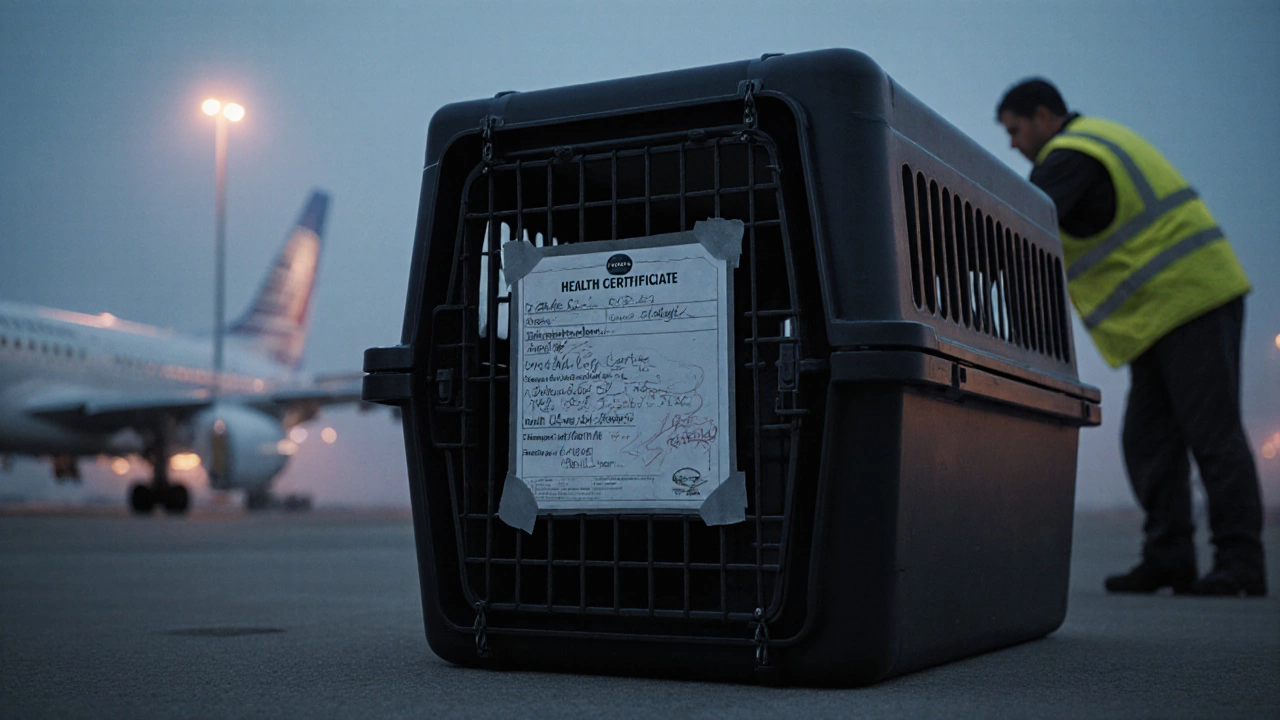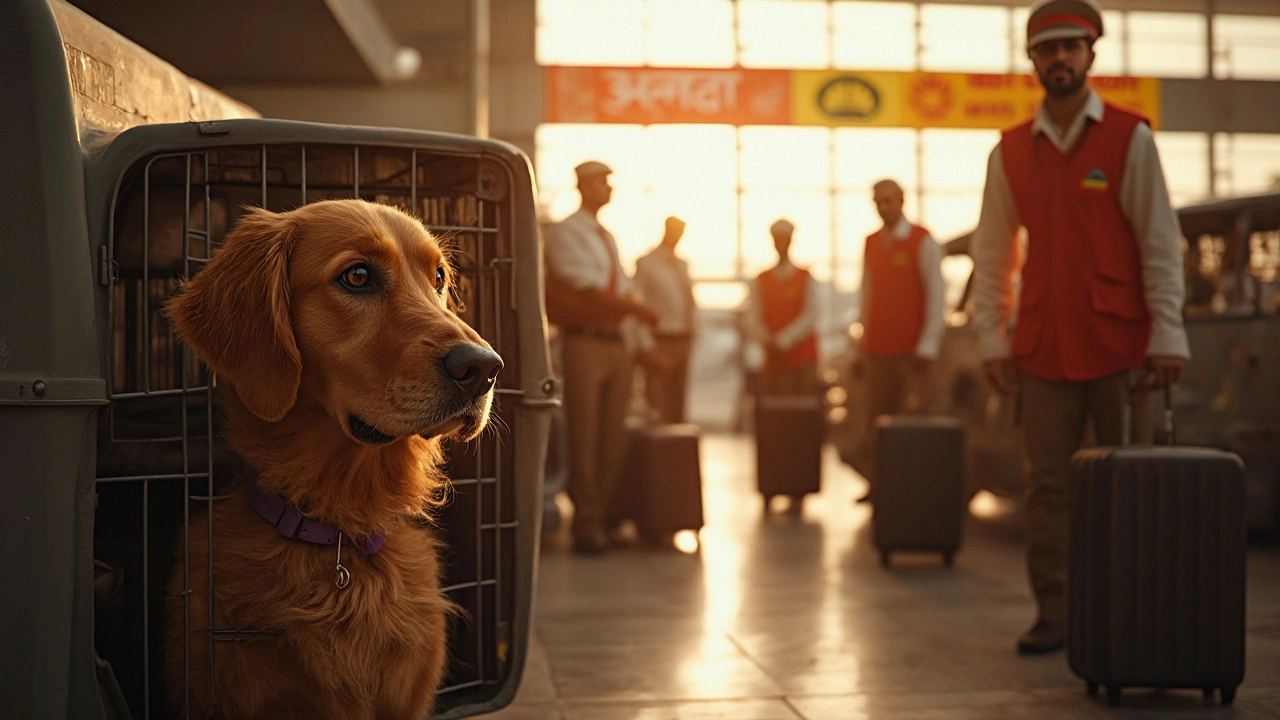Dog Travel Tips: How to Fly, Road‑Trip, and Holiday with Your Pup
If you love taking your dog everywhere, you need a plan that keeps both of you stress‑free. Below are the must‑do steps before you book, what to pack, and how to handle the journey—whether you’re boarding a plane or hitting the highway.
Prep Before You Go
First, schedule a quick vet check. Ask for a health certificate if you’re flying and confirm any required vaccinations for your destination. A clean bill of health speeds up check‑in and avoids surprises at the border.
Next, pick the right carrier. For cabin travel, the carrier must fit under the seat and let the dog stand, turn around, and lie down. Measure your airline’s dimensions and compare them to the carrier you own. If you need a new one, look for a sturdy, well‑ventilated crate with a leak‑proof bottom.
Label the crate inside and out with your name, phone number, and your dog’s name. Slip a recent photo of your dog inside the crate—helps staff recognize who’s inside if the carrier gets misplaced.
Pack a travel kit in a separate bag: food for the flight, water bottle with a spill‑proof bowl, a favorite toy or blanket, waste bags, and any meds. Keep the kit handy so you can pull out a snack or a toy without rummaging through luggage.
On the Road and in the Air
When you drive, never leave your dog alone in a parked car. If you need a break, either bring the dog inside with you or keep the car cool with windows cracked and a shade cover. Use a seat belt harness or a pet barrier to keep your dog safe and prevent distraction.
For flights, arrive early to give yourself time for extra paperwork and a calm check‑in. Some airlines let you pre‑pay for a pet in the cabin, which guarantees a spot next to you. If your dog must travel as cargo, choose a direct flight, book a climate‑controlled hold, and place a calorie snack on top of the crate for comfort.
During the flight, keep the carrier under the seat and avoid opening it unless the cabin crew asks. If your dog gets anxious, a calming pheromone spray or a heart‑rate‑monitoring collar can help. A gentle voice and a treat at the right moment can also reset nerves.
Once you land, give your dog a bathroom break right away. A quick walk outside the terminal or at a rest‑stop signals the end of the journey and helps avoid accidents in the crate.
When you reach your destination, research dog‑friendly spots ahead of time. Look for parks with off‑leash areas, beaches that allow dogs, and hotels that provide pet beds. Many states, like Maryland, have specific leash laws and park rules—know them so you don’t get fined.
Finally, keep a routine as close to home as possible. Feed at the same times, stick to a regular walk schedule, and give your pup a familiar blanket. A little consistency makes the new environment feel safe and speeds up the adjustment period.
Traveling with a dog doesn’t have to be a headache. With a vet check, the right carrier, a packed kit, and some simple on‑the‑road habits, you and your furry friend can enjoy every adventure together.

Is the Cargo Hold Safe for Dogs? What You Need to Know Before Flying
Flying your dog in cargo can be risky-especially for brachycephalic breeds or older dogs. Learn what really happens in the cargo hold, which airlines are safest, and how to protect your pet.
read more
Is It Safe for Dogs to Fly in Cargo? What Every Pet Owner Should Know
Flying a dog in cargo isn’t as simple as booking a ticket and hoping for the best. Some dogs handle it just fine, but others face serious risks. This article explains what can go wrong, what airlines actually do to keep your dog safe, and how you can prepare to lower the risks. You’ll get hard facts, plus practical tips to help you decide if cargo is right for your pet. Let's make sure your pup’s next trip is as stress-free as possible.
read more



